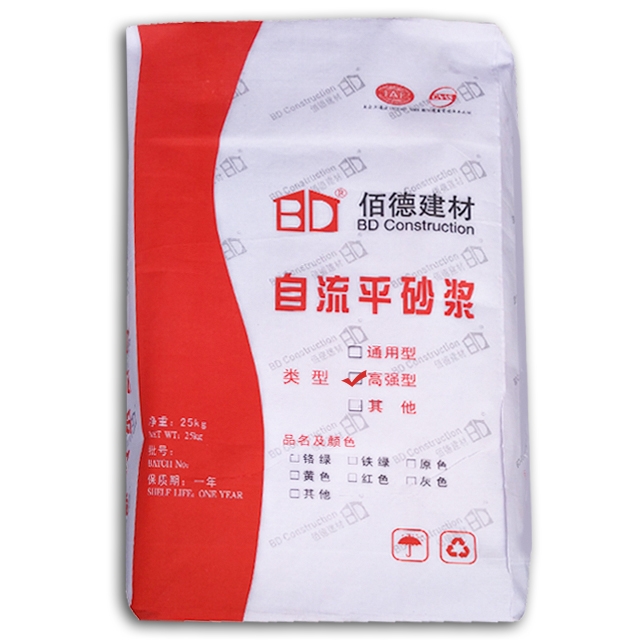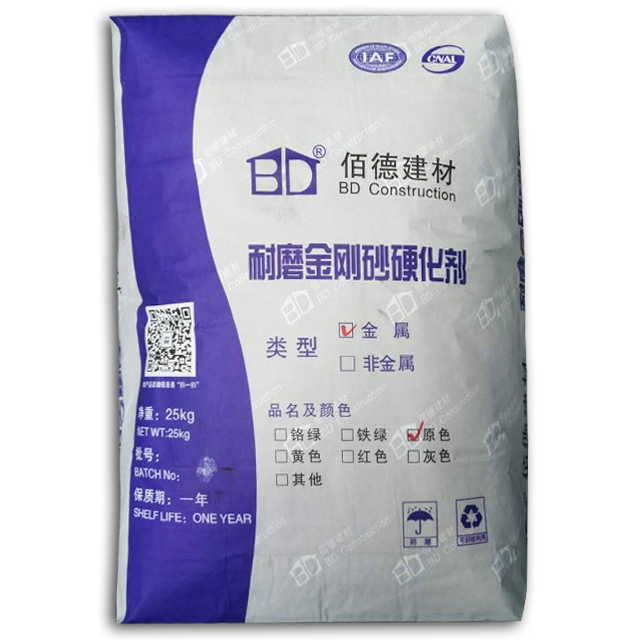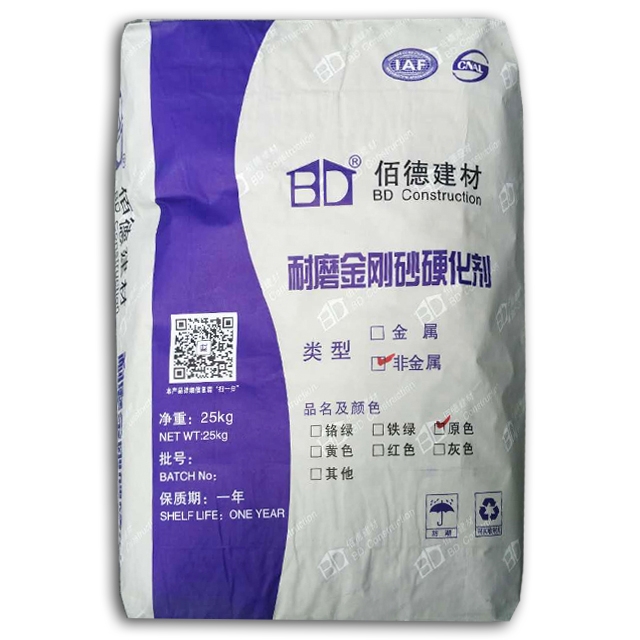GUANGZHOU B.D NEW BUILDING MATERIALS TECHNOLOGY CO.LTD
Website: www.gz-bd.cn
13302568785 (WeChat same number) Miss Li
Fixed call: 020-87391896
E-mail:2517172559@qq.com
Address: Room 1413, 14th floor, Dongjian building, 503 Dongfeng Middle Road, Yuexiu District, Guangzhou, Guangdong, China
On November 15th, 2012, the water-based peaking forum for the furniture industry was held in Beijing, which again triggered the industry’s hot discussion on the conversion of wood coatings to waterborne. It is understood that waterborne wood coatings have entered the Chinese market since 1995. Although they have taken advantage of their "green and environmental protection" features, the industry has become the focus of attention, but its sales share has always lagged behind oil paints.
With the trend of low-carbon environmental protection becoming a trend today, why have water-based coatings with environmental advantages been unable to achieve a breakthrough in market share? In the face of the recently launched new environmental protection policies, how should water-based coatings seize opportunities and break market development? What's the problem?
Industry hot market cold
As we all know, some of the volatile oils contained in oil paints contain strong carcinogens, and their volatilization time can reach more than 10 years. So, what is water-based paint? What advantage does it have over oil paint? The explanation given by professionals is that water-based coatings use water as a medium, and water-based paints are non-toxic, environmentally friendly, and solvent-free. Odor, little volatile matter, incombustible, etc.
Sun Lianying, chairman of the China Coatings Industry Association, revealed a set of data at the 16th China International Coatings Exhibition held this year. China's paint output exceeded 10 million tons for the first time in 2011, reaching 10.975 million tons; 2012 From January to May, the output of paint reached 4,461,300 tons, an increase of 10.7% over the same period of last year. China has become the largest producer of coatings and consumption. However, the use rate of water-based paint in our country lags far behind that of the United States and Europe.
According to Dian Zhonghua, DSM's business director for Asia Pacific paints, at present, the use of water-based paint in China is still less than 10%, and the industry has shown a pattern of “cold industrial heat market”.
According to a recent “consumer survey of water-based paints for furniture”, consumers are most concerned with the health and environmental performance of furniture when purchasing furniture, so less environmentally harmful paints are increasingly favored by consumers. However, consumers' understanding of waterborne coatings needs to be improved. For consumers, they only pay attention to the hardness and fullness of the paint, while ignoring other aspects of cognitive methods need to be changed.
"Oil to water" where is the difficulty
The reporter learned that waterborne paints have not been able to stifle the market dominance of oil paints. In addition to low market awareness, the cost-effectiveness and the cost of business transformation are also important factors that hinder their development.
In some home building materials markets in Beijing, the reporter noticed that the price of water-based coatings was much higher than that of oil-based coatings, and that many paint sellers could not describe other selling points of water-based paint besides “environmental protection” and that they were water-based in terms of performance. Furniture coatings have not been able to achieve the effect of oily furniture coatings.
A coating store owner at Beijing Yikelong Building Materials City told the reporter that waterborne paints currently lag behind oil paints in terms of hardness, fullness, and durability, so the cost performance of oil paints is obviously higher.
On the other hand, the current large-scale paint companies generally use oil-based paints as the main product. This is evident from the market share of water-based paints that is less than 10%. Therefore, large companies are not willing to take the risk of “oil and water”. change.
Moreover, to achieve oil-to-water transition is not only a simple product change, but also a series of follow-up construction services such as painting equipment and oil construction habits after oil-water conversion, which will inevitably have a huge transformation cost.
Yang Yuande, secretary general of the China Coatings Industry Association, believes that the development of water-based coatings by coating companies is undoubtedly the best for the environment. It can also lower the price of foreign water-based paint brands on the market and benefit domestic consumers. However, replacing water-based coatings with oil-based coatings requires not only the transformation of the original coating line, but also the production process.
On the contrary, micro-mini enterprises have been daring to fight against water because they have only one product, specializing in waterborne wood coatings. However, due to the insufficiency of funds and talents and other innate factors, companies are struggling.
Yang Yuande said that paint companies should be progressive, can not be eager to achieve, to avoid the immature water paint products flow to the market, so that the entire waterborne paint industry development and operation affected.
Policy guidance for development
Liu Xiaohong, deputy chairperson of the Design Committee of the China Furniture Association, believes that consumers are paying more attention to health and security since the results of this year's Anxious floor sampling results. This shows that in the future development of the home industry, environmental protection and low carbon The concepts and rules will be the criteria for judging a company or product.
It is understood that in recent years, China is actively improving the paint's environmental protection standards system. GB18583-2008 "Limits for harmful substances in adhesives for interior decoration materials", GB18582-2008 "Limits for harmful substances in interior wall materials for interior decoration materials", GB18581-2008 "Limits for harmful substances in solvent-borne wood coatings for interior decoration materials", etc. Standard specifications for the environmental performance of coatings have been introduced.
At the same time, the “Guidance Catalogue for Industrial Structure Adjustment (2011 edition)” promulgated in 2011 also clearly states that the government will encourage the development of waterborne wood coatings and limit the development of oil paints. Yu Xiusu, secretary general of the Beijing Furniture Industry Association, believes that furniture companies should adapt to changing policy conditions and improve their own production levels. She said that with the increasingly stringent environmental protection policies, if it does not take the initiative to carry out water-based transformation and upgrading, it may be eliminated.
Recently, Beijing Municipality issued the "Beijing Clean Air Action Plan (2011-2015 Air Pollution Control Measures)" to implement the management of volatile organic compounds in key industries such as furniture. It is stipulated that by the end of 2012, low volatile organic content coatings for furniture manufacturers will occupy coatings. The use ratio is not less than 10%.
Yu Fu, director of the energy conservation and environmental protection department of the Beijing Municipal Economic Informatization Committee, said that this policy may put pressure on some furniture companies in the short term, but in the long run, the advantages of the industrial upgrading of the furniture industry outweigh the disadvantages, and also meet the environmental protection needs of consumers and society. Matching, the use of low-pollution, non-polluting coatings is a general trend.
Recommended News
- 18-03-21 Ground hardener (carborundum) standard implementation process
- 18-02-28 What is the difference between the metal and nonmetal in the diamond wear-resistant floor?
- 17-12-08 How much is a square of self-leveling? Self-leveling price?
- 18-03-30 The first choice of concrete sealing and curing agent for dustless ground
- 17-12-08 Emery primary color workshop floor case
- 17-11-30 How to choose a waterproof coating product?
- 17-11-30 The key to difficult construction of wear-resistant floor is process and technology
- 17-11-27 Seven errors in the use of tile adhesives





